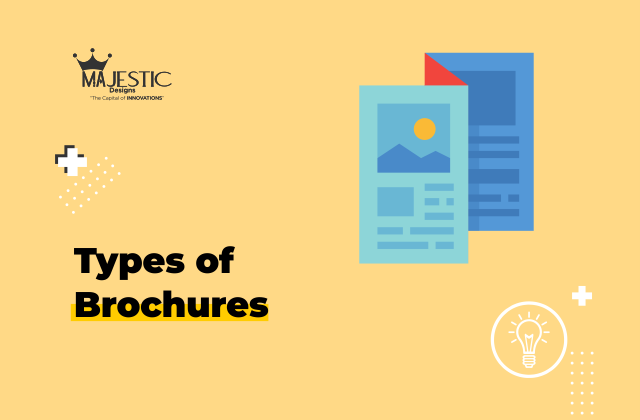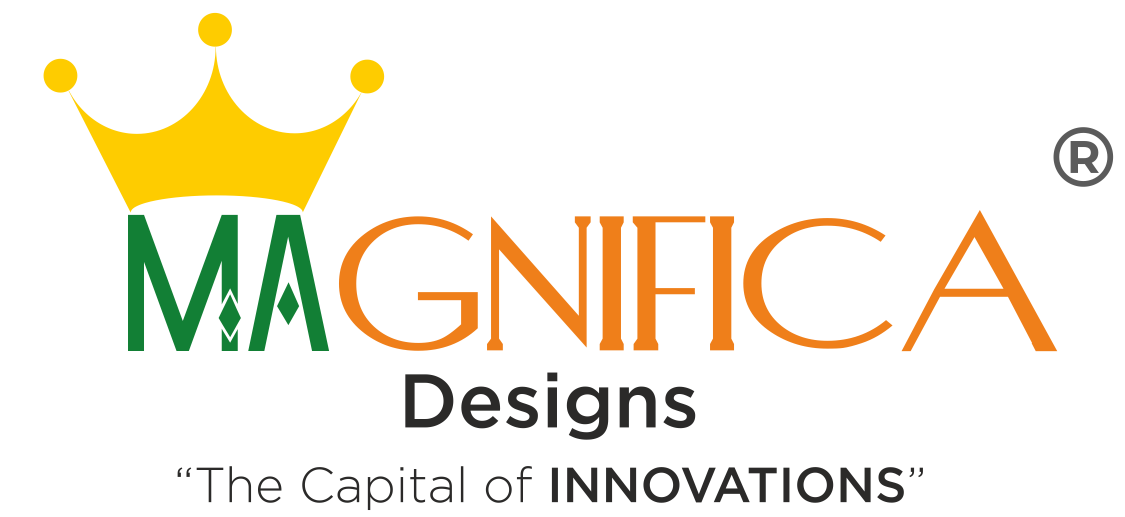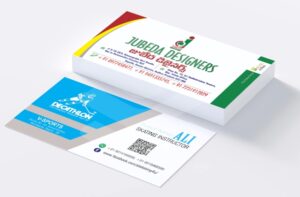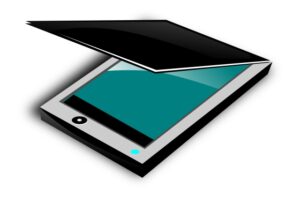A brochure’s goal is to present a company, its products, or services in a unique and interesting way that not only grabs the viewer’s attention, but prompts them to contact the company. The combination of strong visual images with clearly written and concise messages makes for the best design solution. A brochure should answer the following questions in a succinct and easy-to-follow format: What does the company do? How can the reader get more information? And most importantly, how will the reader benefit from their product or services? Creating a strong written message is imperative, and there are two ways to ensure the content meets the needs of the piece—the designer can work with the client to develop the content, or the client or designer can hire a professional copywriter.

Types of Brochures:
1. Capability
Focuses on communicating the services a company provides
2. Sales/Marketing
Presents detailed information about specific products including features and pricing information
3. Image
Introduces a new brand or corporate image
4. Informational
Presents pertinent information about a specific topic or issue the audience is interested in and provides a way for them to get more information by directing them to a website or phone number
Targets of a Brouchure:
1. Capability
Focuses on communicating the services a company provides
2. Sales/Marketing
Presents detailed information about specific products including features and pricing information
3. Image
Introduces a new brand or corporate image
4. Informational
Presents pertinent information about a specific topic or issue the audience is interested in and provides a way for them to get more information by directing them to a website or phone number
Targets of a Brouchure:
- Entice the reader to open the brochure and read more about a company, product, or service. The designer has approximately six seconds to grab the viewer’s attention.
- Establish awareness about a company, organization, or product through interesting visuals and well-developed copy.
- Provide useful and relevant information so the viewer will want to keep the brochure for future reference.
- Direct readers to seek out more information through the use of a “Call to Action.” This can include a phone number, email address, or website.



